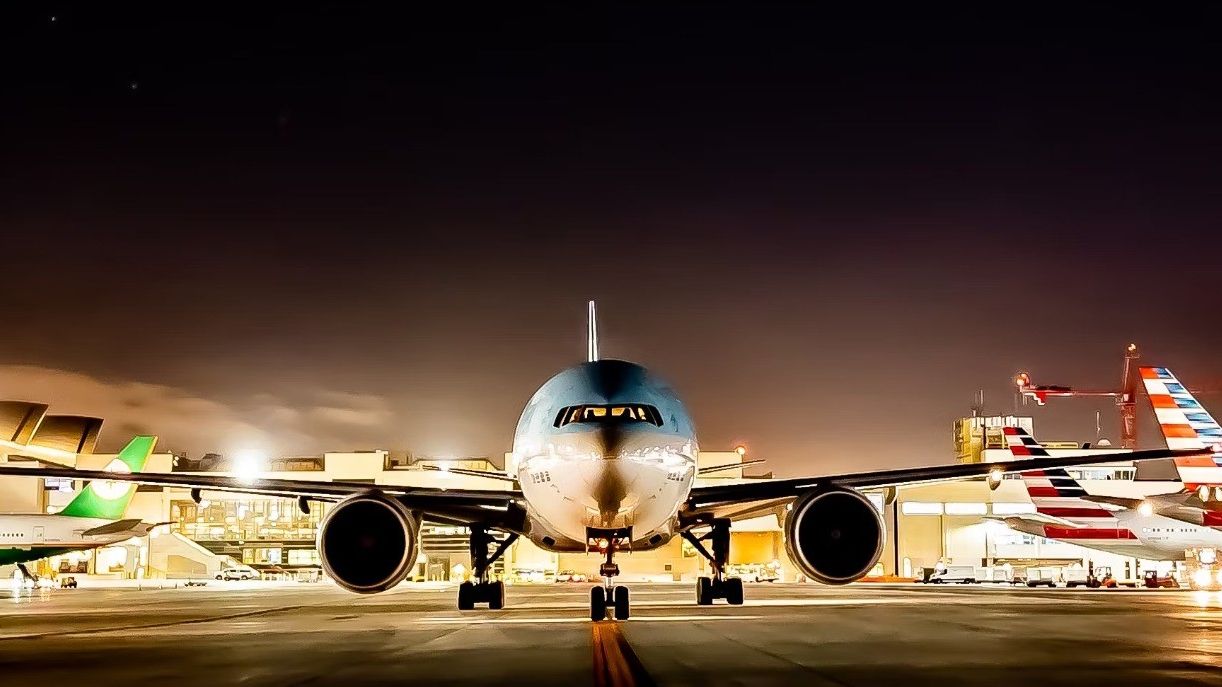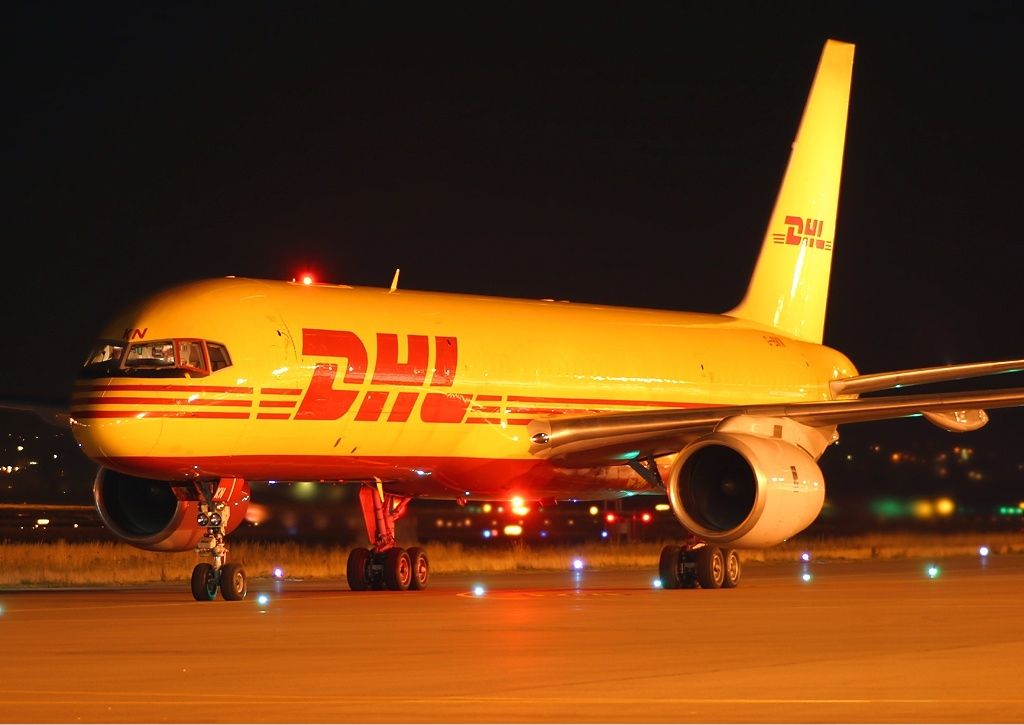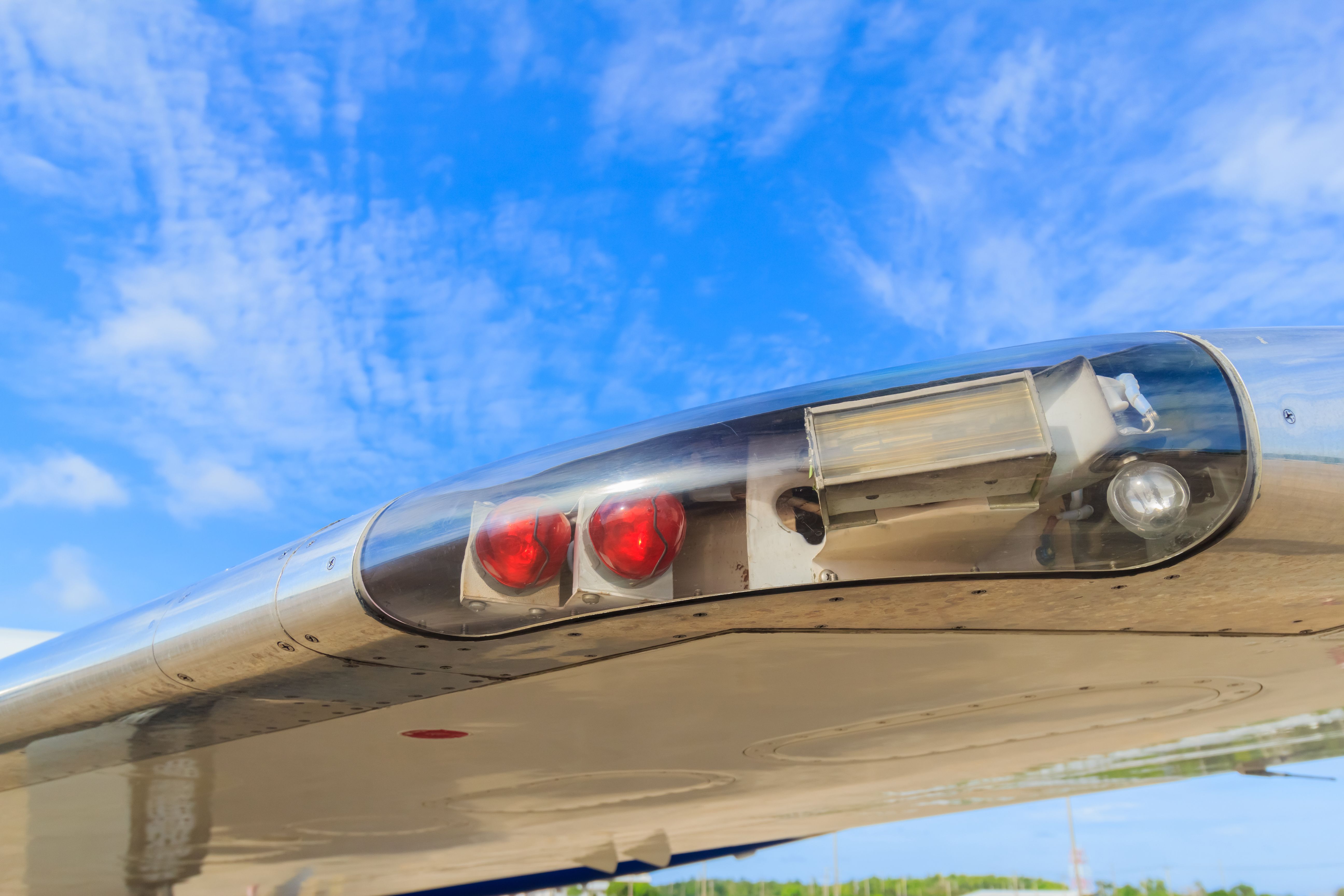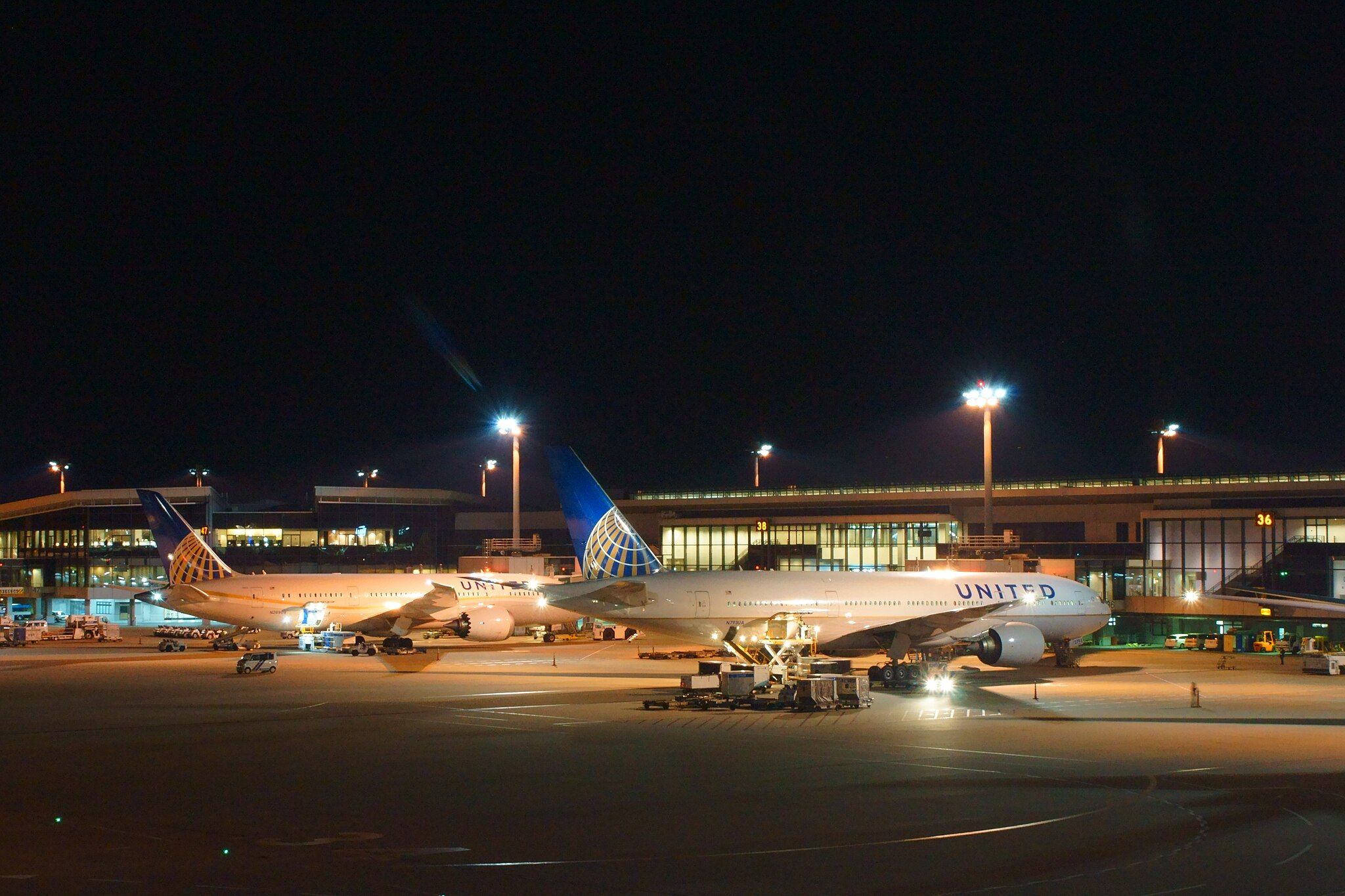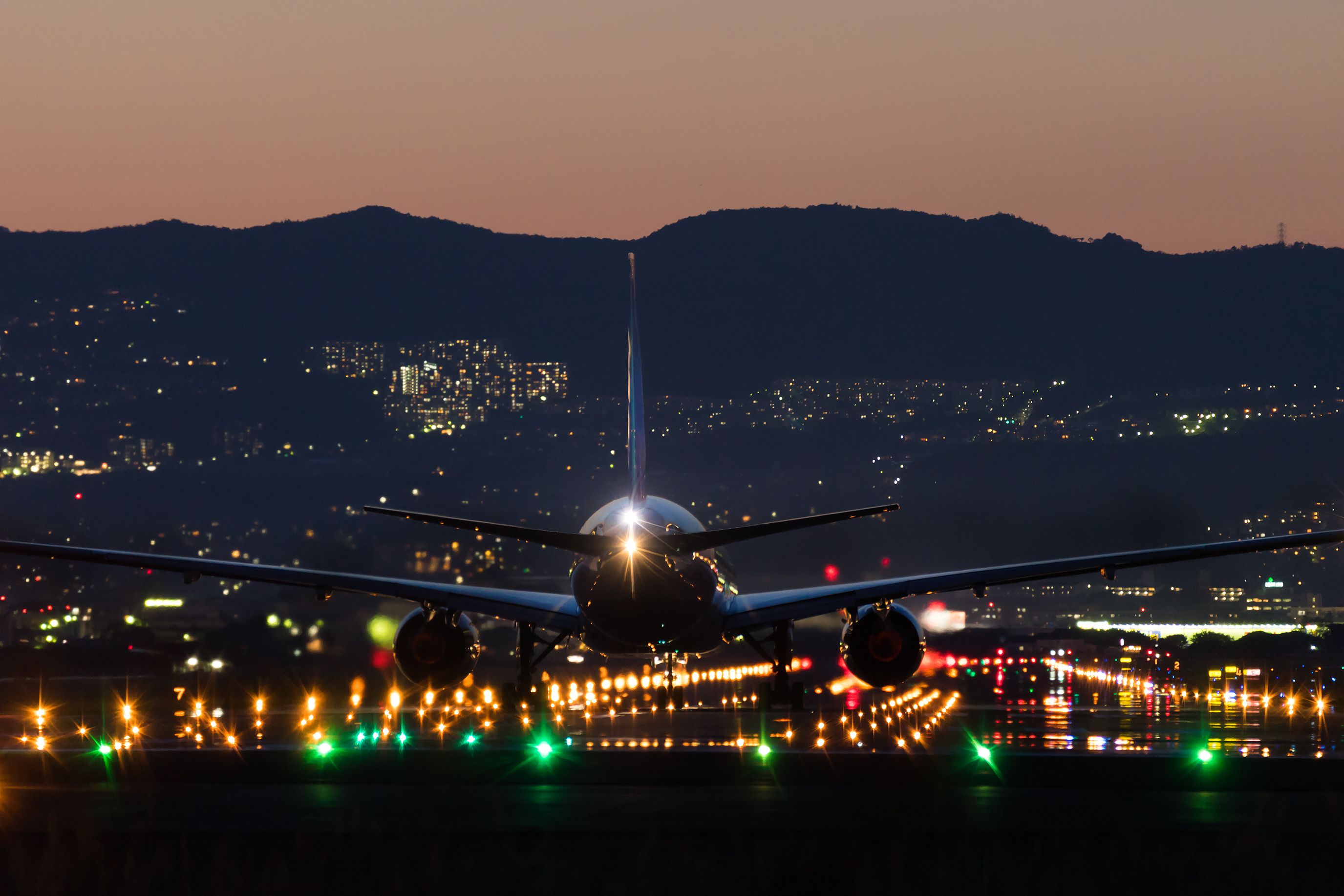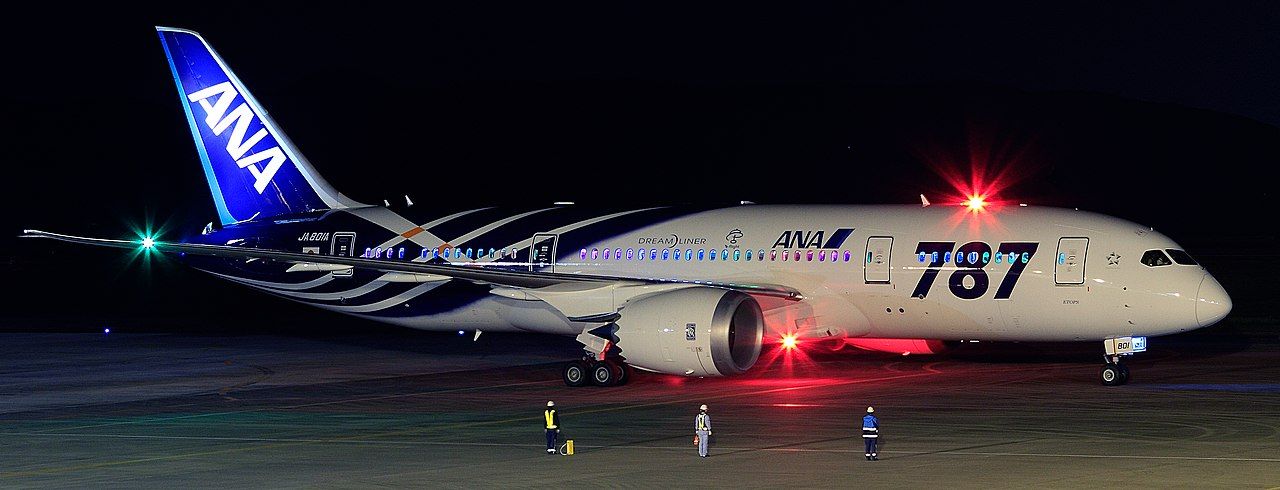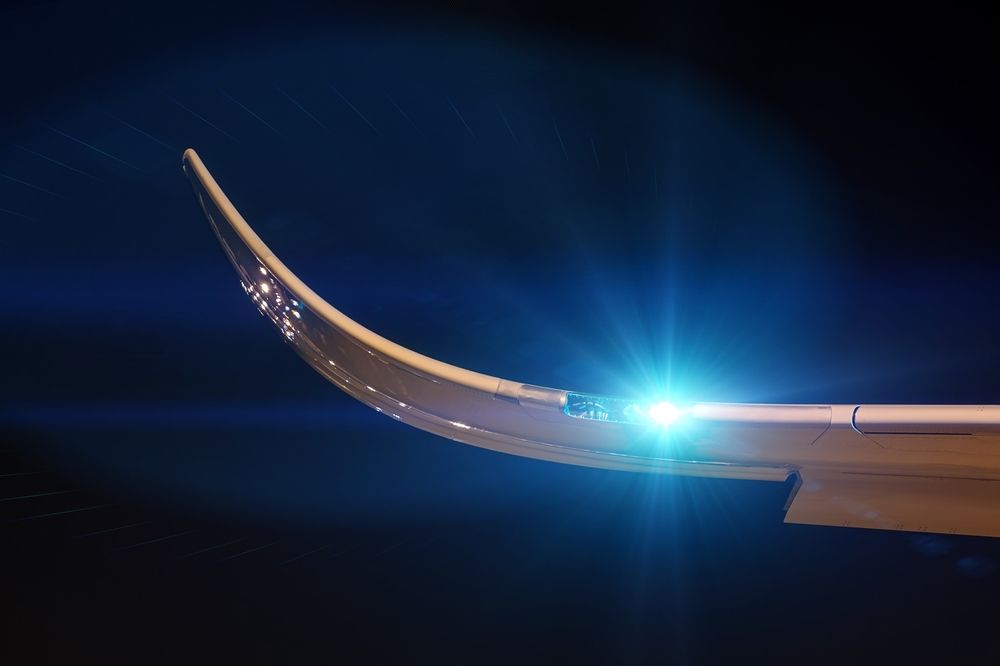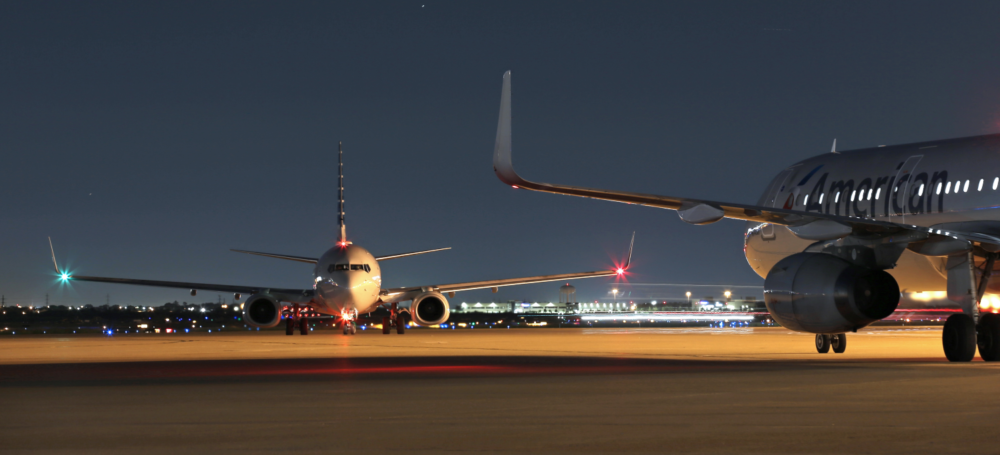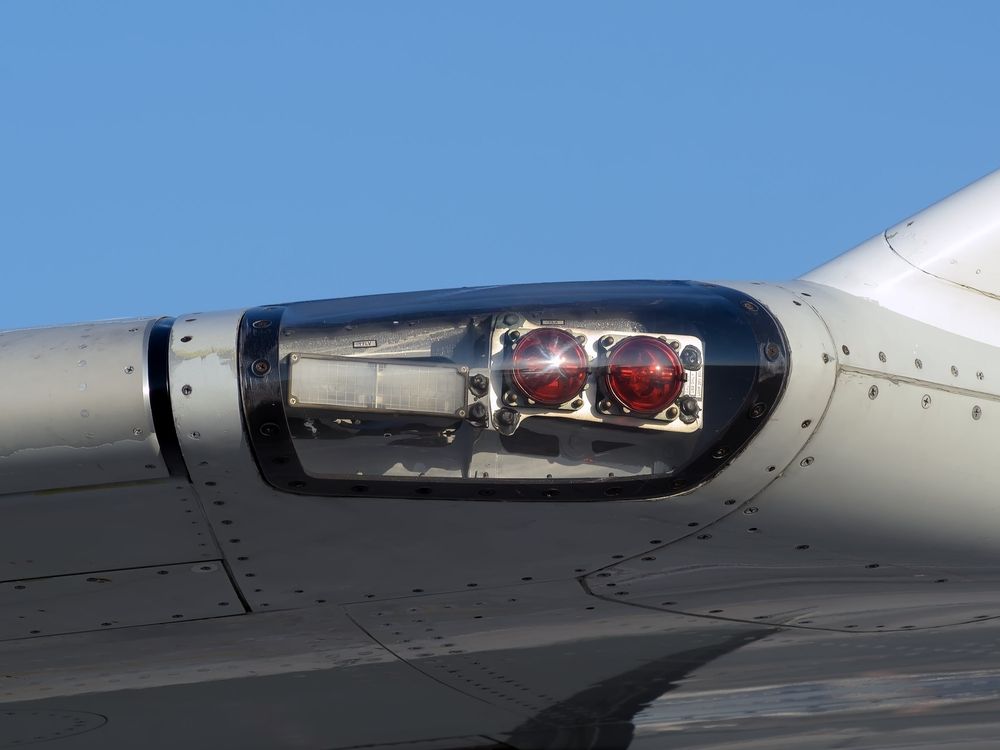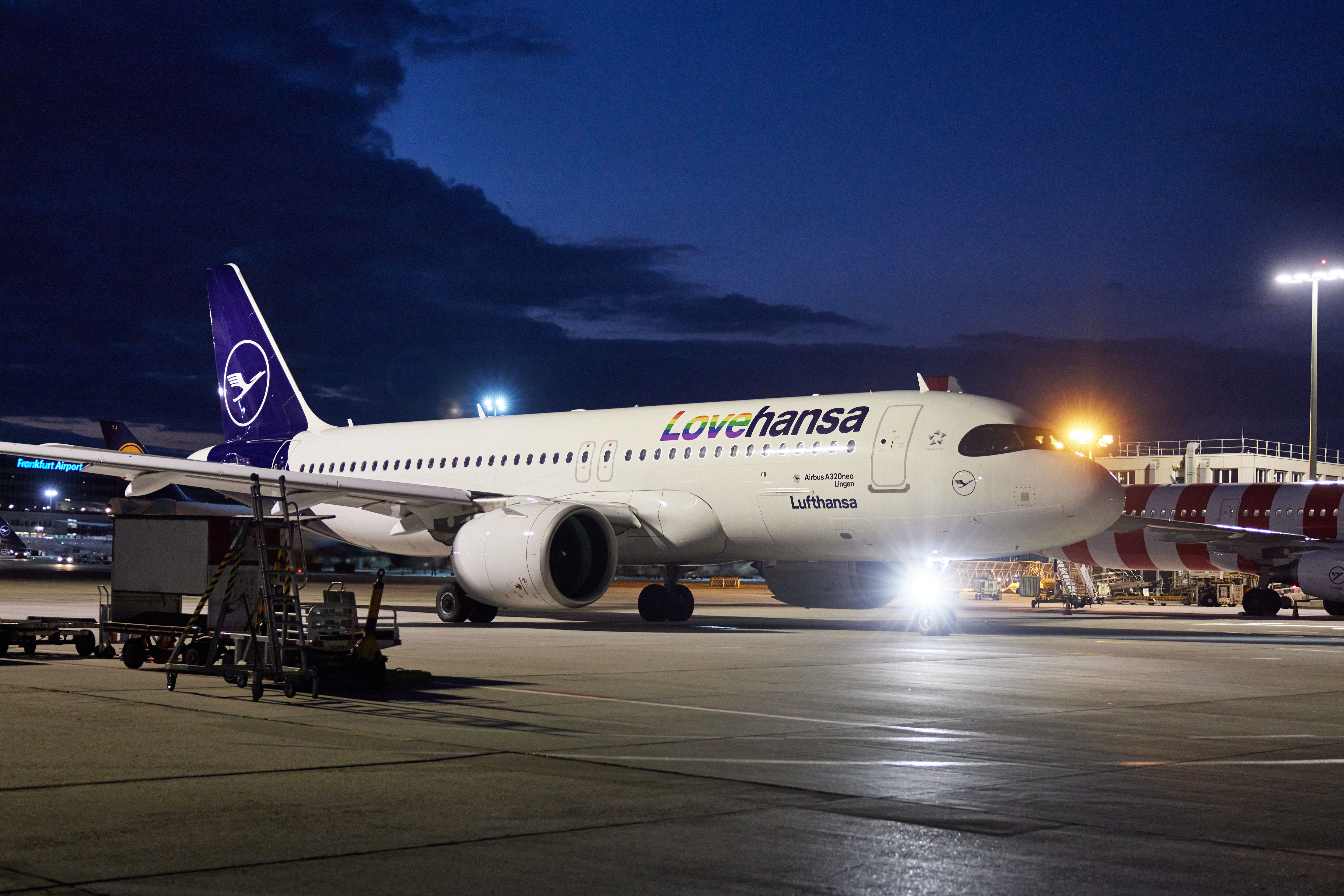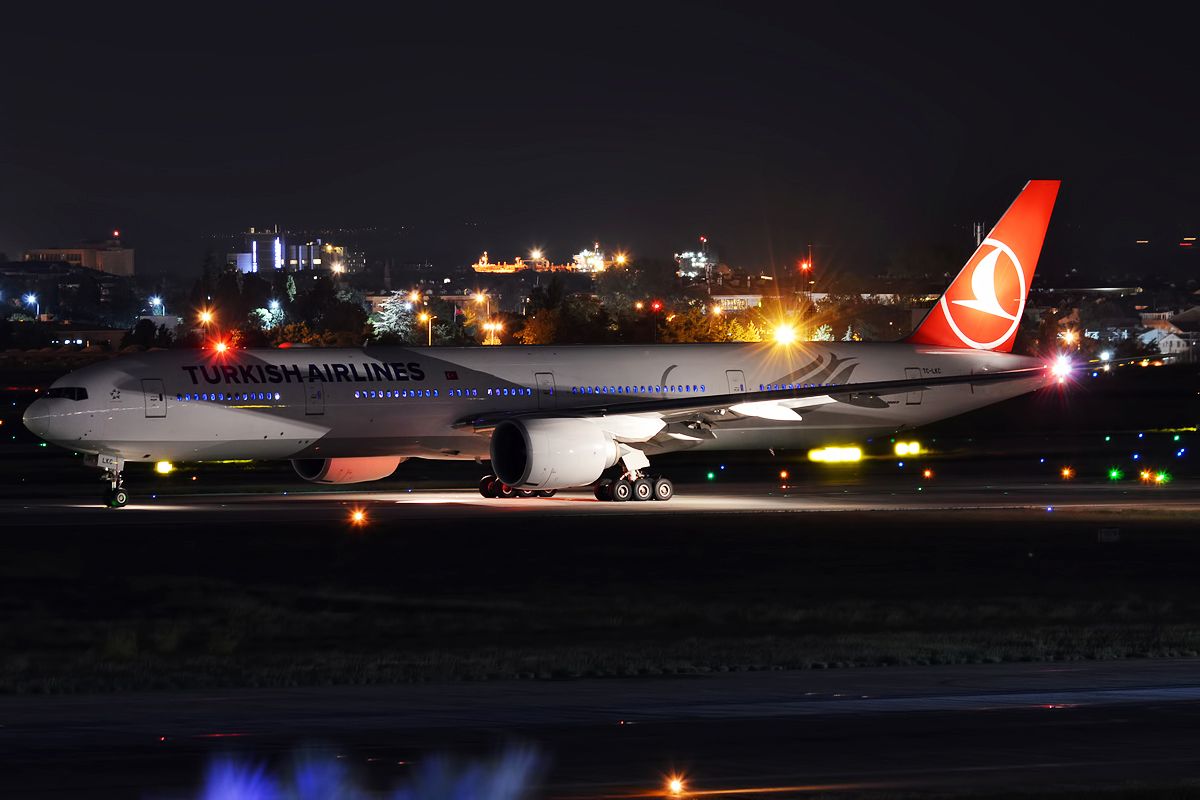Summary
- Airbus and Boeing aircraft can be differentiated at night by looking at their wingtip strobe lights. Airbus aircraft have two strobe lights that flash twice rapidly, while Boeing aircraft have a single strobe light that flashes singularly at regular intervals.
- Red beacons on the aircraft indicate the running of the engines and serve as part of the anti-collision system.
- They are switched on when the engines are started and switched off after they have been shut down.
While spotting an aircraft in the dark, have you ever wondered if it was an Airbus or a Boeing aircraft? Both manufacturers take pride in their distinct designs, functionalities, and nuances regarding the aircraft’s particular look. While the basic design philosophy remains the same, there are specific differences where the two manufacturing giants part ways.
Many Simple Flying readers will be adept at recognizing the difference between Boeing and Airbus aircraft in daylight hours. But spotting the difference at night is not so easy. Let us provide some valuable hints that might help you spot the difference and provide you with some more general information about commercial aircraft external lighting.
Shining a light on aircraft lights
- To illuminate areas that the pilots need to see.
- To make the aircraft more visible.
- To provide illumination for various purposes.
Modern airliners are equipped with various lights required for the safe operation of aircraft. While some lights are used at specific moments during the journey, such as taxiing, others are used throughout the flight and are switched on at all times.
External lighting positions on aircraft follow a general international aviation convention. Certain parts of an airframe are lit differently using distinct colors so that other aircraft (both in the air and on the ground) and ground-based personnel can understand the orientation of an aircraft, its dimensions, and its direction of travel.
That said, aircraft built by Boeing have subtle differences in their lights to those of Airbus. Good reasons exist, primarily linked to safety and identification purposes. However, knowing those differences can also help the casual onlooker understand what they look at in the dark!
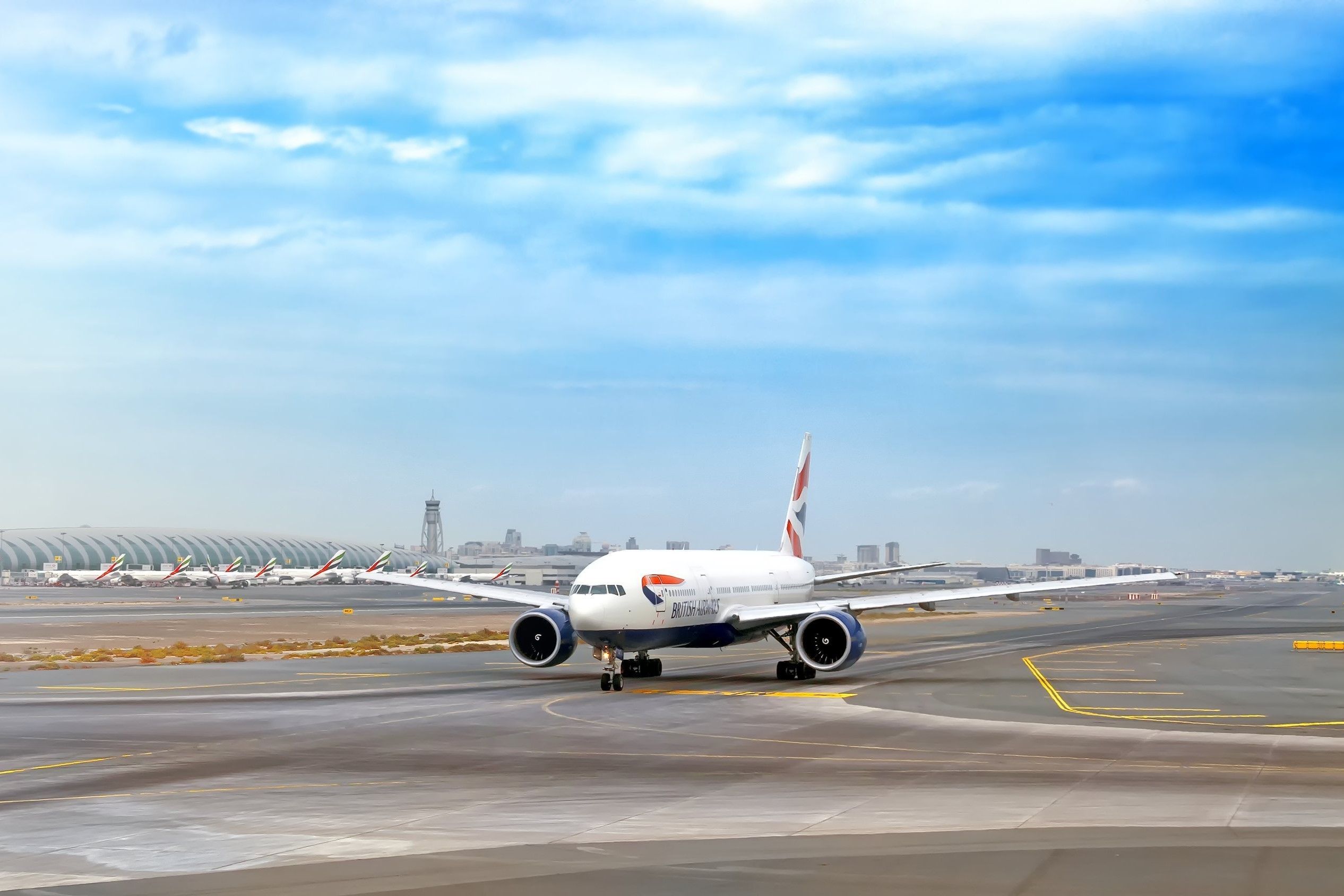
Related
How Do Pilots Navigate The Complex Taxiways Of Major Airports?
Pilots rely on advanced equipment and other cockpit resources for navigation.
Aircraft visibility
Aircraft visibility is essential, particularly at night and low natural visibility conditions. Aircraft are equipped with a series of exterior lights to establish proper visibility. SkyBrary notes that the most prominent of those lights are:
- Strobe lights: These high-intensity lights are positioned near the trailing edge of the wing tips and may also be installed on the aircraft’s tail.
- Beacon lights: The aircraft beacon lights are red in color and either flash or rotate to provide a pulsating warning light. These are commonly installed in pairs: one on the top of the fuselage and the other on the bottom. Beacons are turned on before the engine starts and turned off after the engines have been shut down.
- Navigation Lights: Navigation lights are red and green lights. The red light is on the left (port side) wingtip and the green light is on the right (starboard side) wingtip. There is also a white light on the aircraft tail.
White strobe lights
- Also known as anti-collision lights
- Flashing white lights located on the wingtips of the aircraft
- The rapidness of the flashes can vary depending on the design
- Only used during flight and on the runway
- They are too bright for use on the ground
- LEDs are commonly used for strobe lights
The primary way of telling Airbus and Boeing aircraft apart in the dark is by looking at the wingtip strobe lights. The strobe lights (which flash with a brilliant white color) are always located at or near the aircraft’s wingtip. They serve as anti-collision lights, alerting the observer to the aircraft’s presence and position.
Photo: Standard Store88 | Shutterstock
Along with the wingtip strobes, a third strobe light is installed at the rear end of the airplane, close to the (APU) which flashes in unison with the wingtip strobes. Of crucial importance from an operational and safety standpoint is that these wingtip strobe lights are turned on as soon as the pilot intends to enter the runway for takeoff, usually once clearance has been given to do so by air traffic controllers.
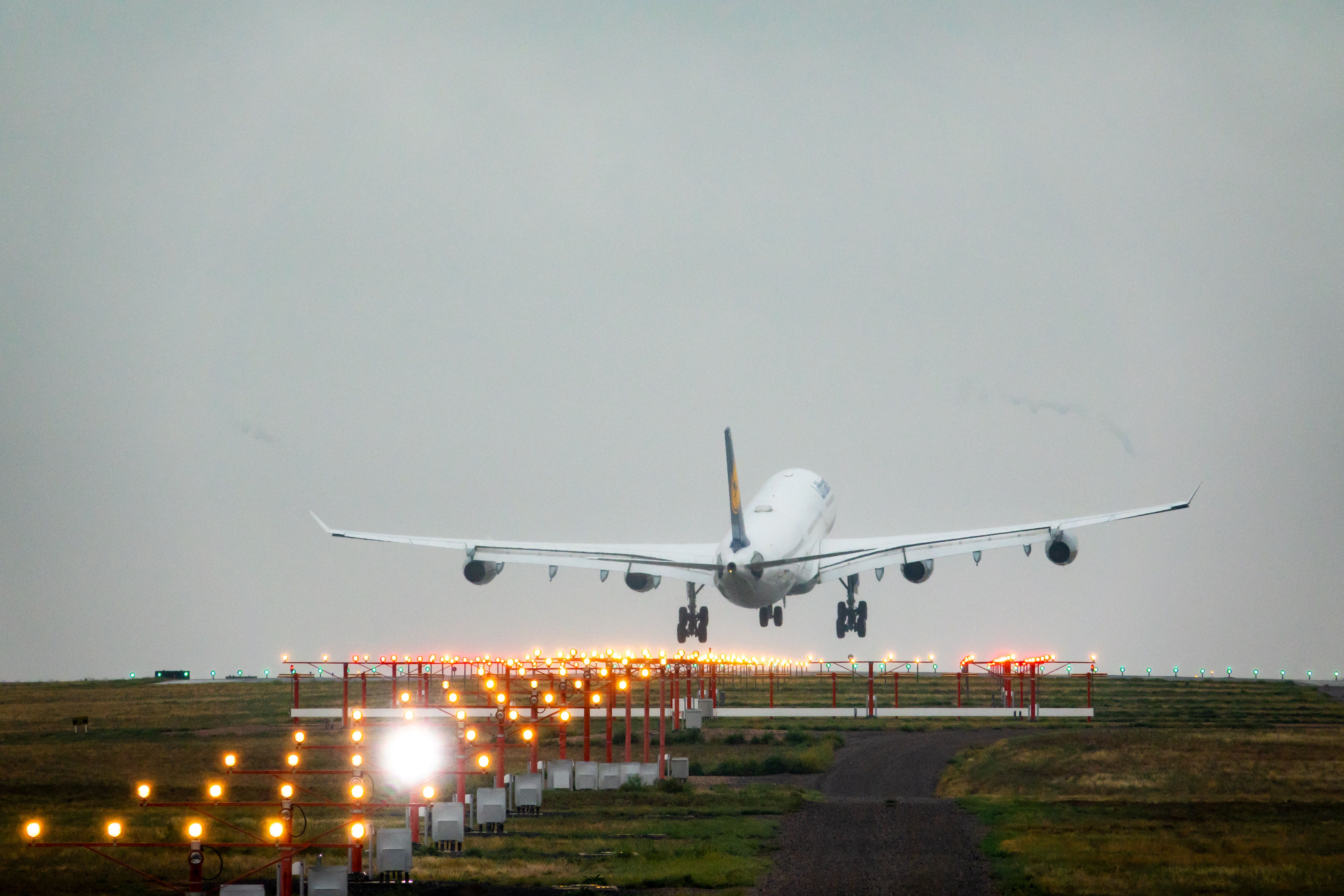
Related
FAA’s Largest Safety Project: Denver International Airport Opens New Taxiway
The airport has also received over $30 million to upgrade its lighting systems.
They are only turned on at this point, generally as an item on the pre-takeoff checklist, as their use can dazzle the crews of other aircraft maneuvering in the vicinity.
These high-intensity white strobe lights are the brightest lights on the aircraft. They can shine through heavy clouds, fog, and rain. They indicate the aircraft’s existence in the air and continue flashing regularly during flight. During a flight, the strobe lights are designed to attract the eye of pilots of other aircraft to keep a safe distance, following the international aviation protocol of ‘see and be seen.’
The lights are turned off after the aircraft lands and clears the runway. It indicates the departing or approaching traffic that the aircraft has vacated the active runway. This action forms part of the after-landing checklist, although pilots generally do it habitually as they exit the runway, along with retracting the flaps and spoilers.
Photo: motive56 | Shutterstock
The easiest way to identify Airbus aircraft in the dark is that their strobe lights flash twice in rapid succession on each wingtip. In fact, Airbus aircraft have two strobe lights installed in each wingtip. The flashing on these lights is programmed to happen in close succession between them, giving the impression that it is just one bulb flashing twice.
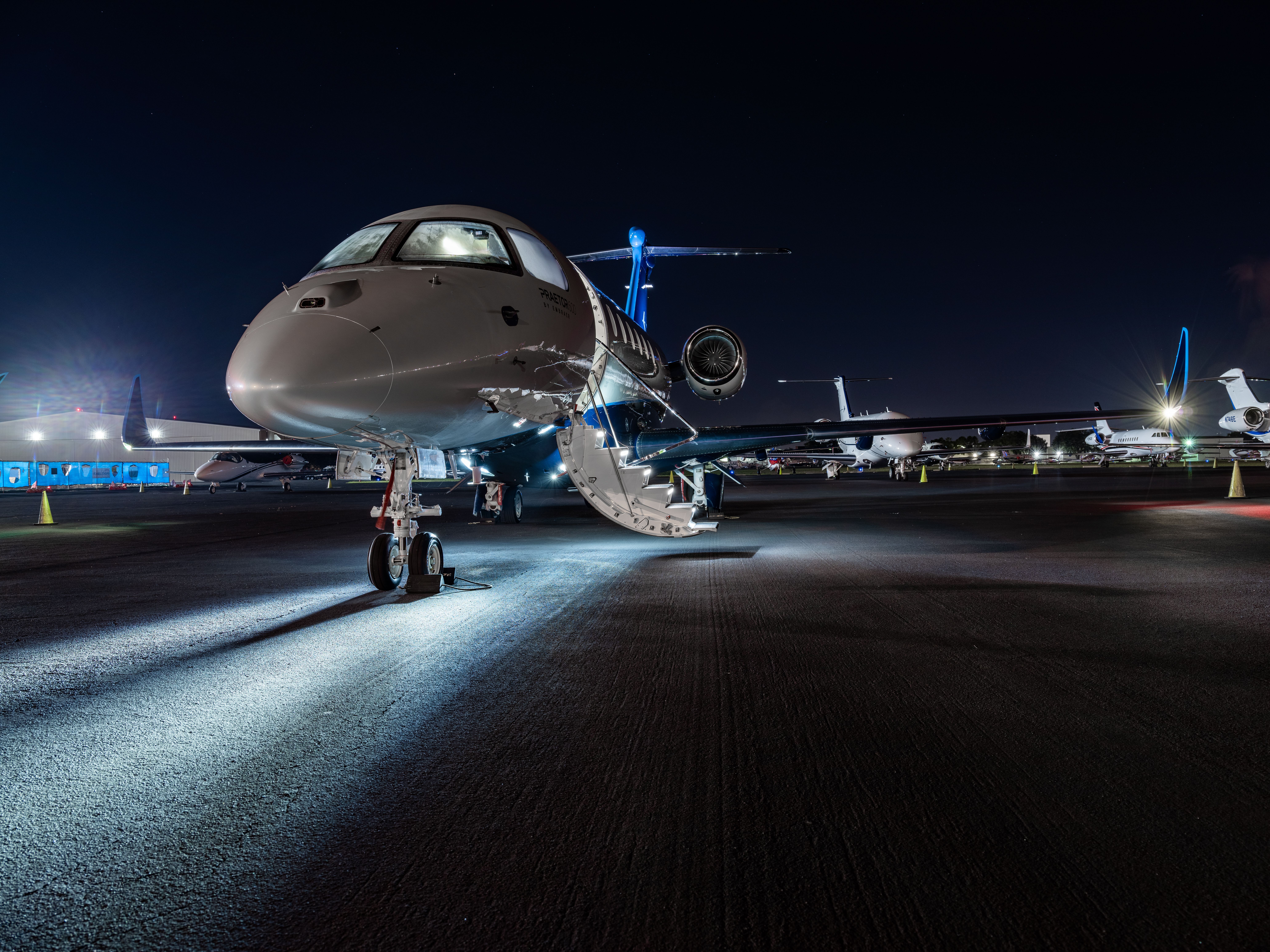
Related
Aircraft Lighting: The Rules And Roles
The lighting system on an aircraft is a key system.
On Boeing aircraft, however, only one strobe light is installed on each wing. As such, these lights flash singularly at regular intervals, making them easier to identify than Airbus aircraft. While this may be the easiest way to determine the difference between Boeing and Airbus aircraft in the dark, both types follow these external lighting protocols.
You can find out how Airbus and Boeing aircraft differ more generally in this video.
Red beacons
A further type of anti-collision light is the red beacon on the top and underneath the fuselage. These beacons are part of the aircraft’s anti-collision system and are often called ‘anti-collision lights.’ Beacons primarily indicate the running of the engines, hence the color red, which signals danger. Ground staff are alerted to stay clear of the aircraft while these beacons are switched on.
The flight deck crew switches on the beacons as they prepare to start the engines. Their illumination serves as notice that the aircraft is ‘alive’ and presents a danger to those nearby. The beacons are only switched off after the engines have been shut down, including any windmilling/cooling down period as the airline or engine manufacturer prescribes. While beacons can also serve as a way to alert other aircraft to the aircraft’s proximity, they are much less visible from a distance than the white strobe lights.
Navigation lights
The navigation lights help the observer determine the aircraft’s direction. While beacons and strobe lights show the presence of the aircraft, whether the aircraft is flying toward the observer or away from the observer is determined through green and red navigation lights. The green light is on the right (starboard) wingtip, and the red is on the aircraft’s left (port) wingtip.
Photo: Hodim | Shutterstock
In combination with other visible lights, if the crew can see a green wingtip light, plus a white strobe and a tail strobe of another aircraft, they are looking at that aircraft’s right side, and it will be flying from right to left. Conversely, if that crew can see the wingtip and tail strobes, plus a red wingtip navigation light, they are looking at the other aircraft’s left side, and that aircraft will be flying from left to right ahead of them.
Photo: Dallas Fort Worth Airport
Suppose the crew can see another aircraft’s green and red navigation lights. In that case, it will either be head-on to them or tail-on. Its actual orientation and direction of travel will be given away if a tail strobe is visible between the red and green lights, indicating that the aircraft is heading away from them.
Photo: Vaalaa | Shutterstock
While the navigation lights are primarily useful between sunset and sunrise, airlines usually require them to be on at all times throughout the aircraft’s operation. Indeed, you will often spot navigation lights left on even when an aircraft is parked at a gate, including during daylight hours. Doing so provides extra visibility for ground service vehicles maneuvering near the wingtip while the aircraft is parked on a stand.
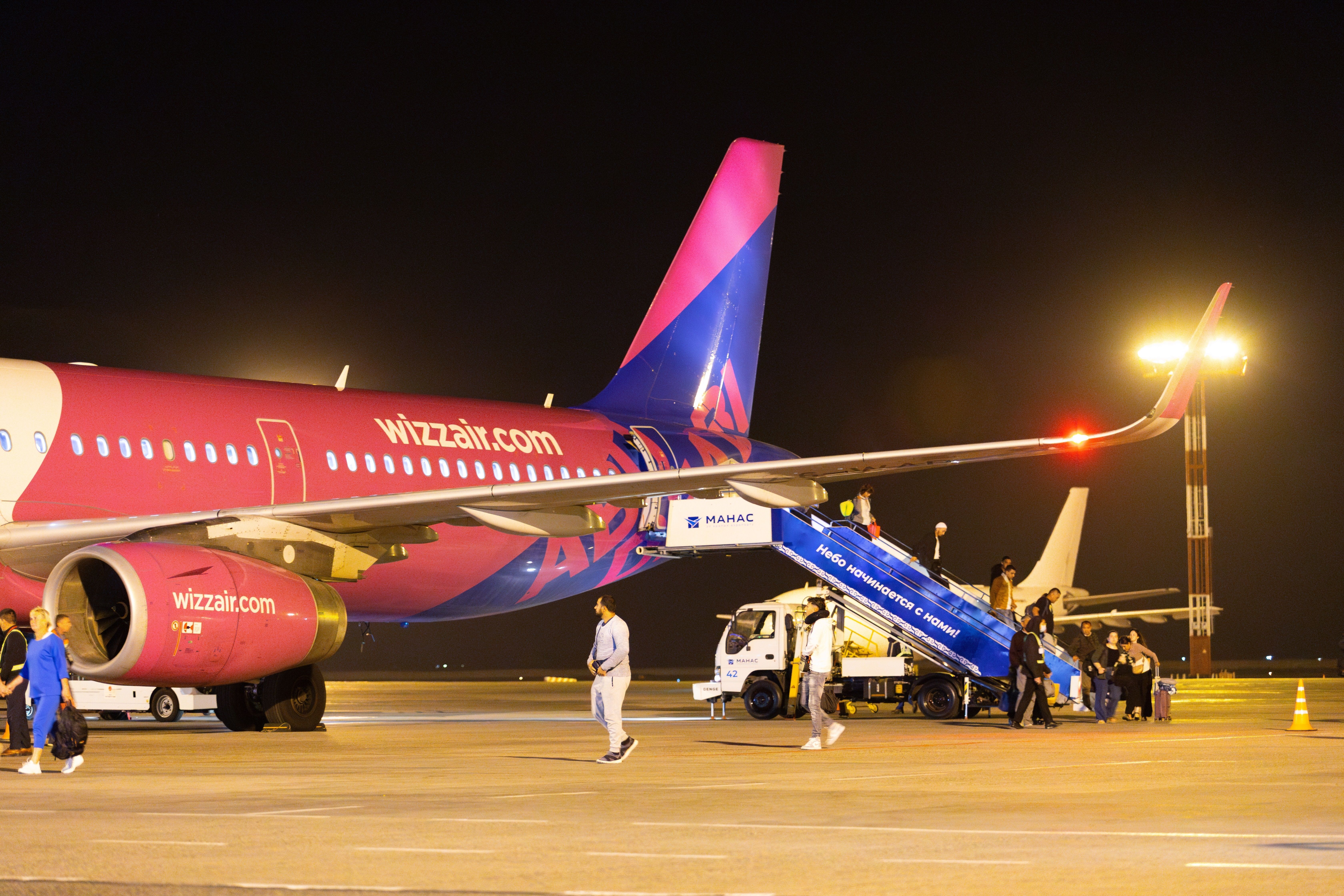
Related
What Is A Red Eye Flight? The Pros & Cons Of Flying Overnight
Do you like traveling on red eye flights?
Other aircraft external lights
Other aircraft lights are taxi, turnoff, takeoff, and landing lights. Each of these is used for specific phases of flight. Taxi lights tend to be mounted on the landing gear and help to provide additional illumination while the aircraft moves on the ground. They go out once the landing gear is retracted after takeoff.
Photo: Lufthansa
Takeoff and landing lights are often located on or near the wing’s leading edge at the wing root. They assist the crew in lighting up the area directly ahead of the aircraft during these crucial phases of flight. However, in busy airspaces like those found around major airports, crews often turn them on by following the ‘see and be seen’ principle.
Many commercial aircraft also have tail lights, more commonly known as ‘logo lights.’ Serving the purpose of illuminating the aircraft tail at night, they facilitate the inspection of the tail while the aircraft is on the ground.
They also have the added benefit of aiding air traffic controllers and other aircrews in identifying aircraft on the ground (in terms of the aircraft operator). They also act as a handy airline marketing tool, even in the dark!
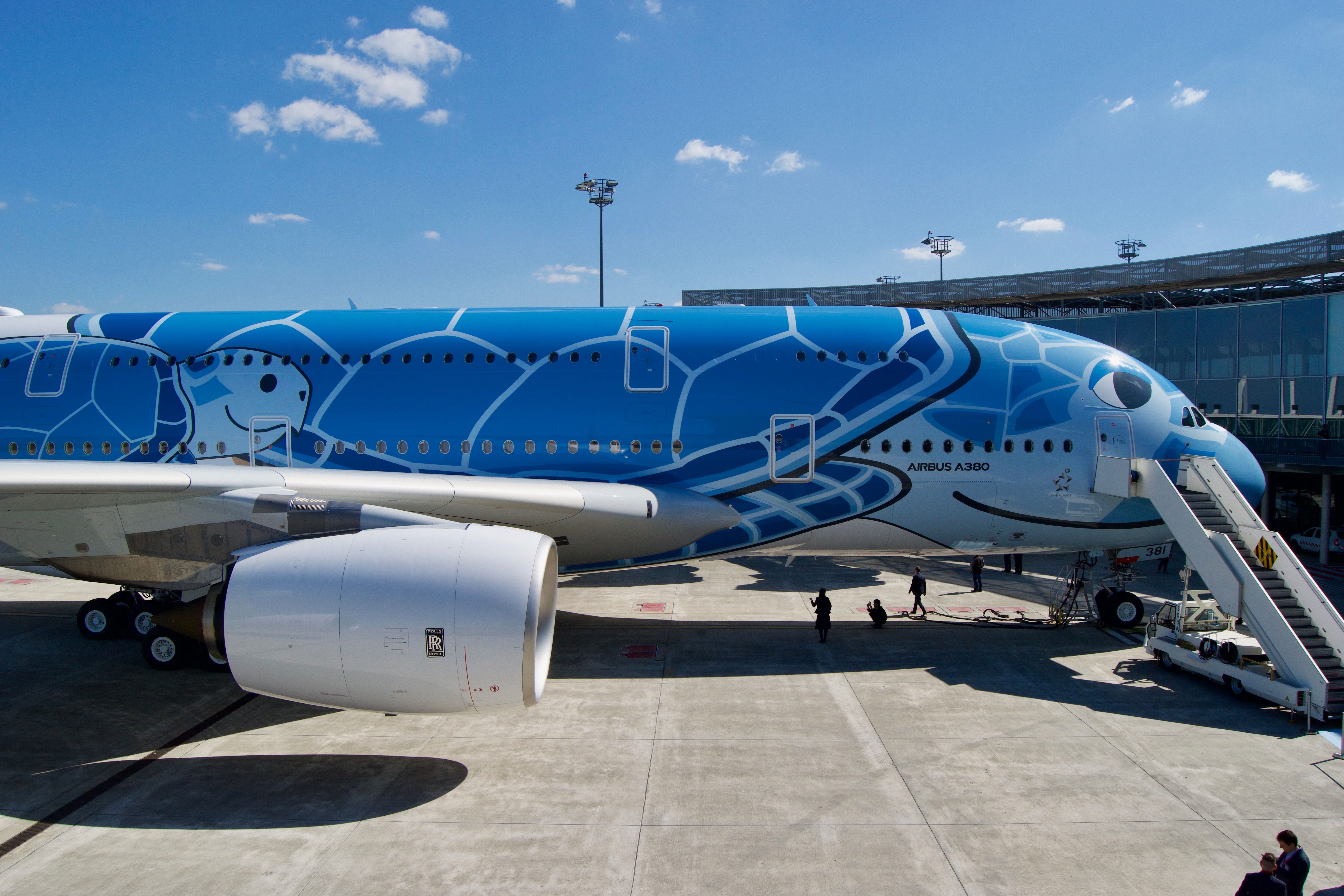
Related
What Is Your Favourite Aircraft Livery?
Many airlines have a standard livery for their aircraft, but then some also have a selection of special liveries to raise awareness for brands, events, and more. This can range from a full head to tail design, to just sticking a small decal on the aircraft. My favourite aircraft livery is found on the Airbus A380. I think the blue Emirates Expo 2020 livery is the coolest of all time. However, the ANA A380 (pictured here when I attended it’s delivery ceremony) is a close second!
